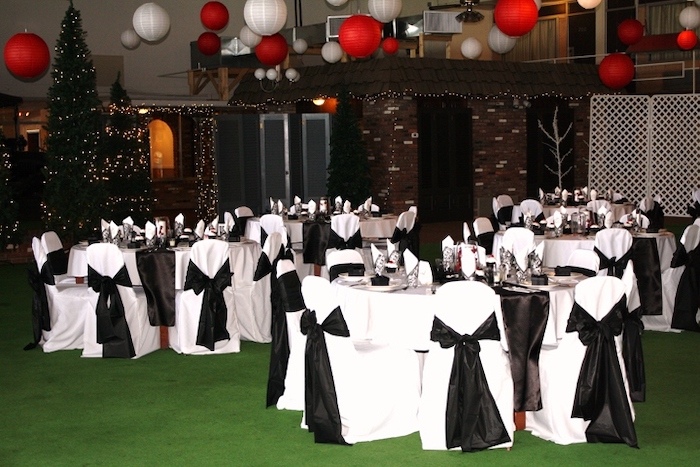
 Glamorous History: Barbara D’Arcy, Most Famous Visual Merchandiser
Glamorous History: Barbara D’Arcy, Most Famous Visual Merchandiser
If you are here on veryfamousmagazine.com, you are likely no stranger to images of sumptuous ’80s visual merchandising. And you probably, without realizing, have seen a room imagined by Barbara D’Arcy. Chairs with curves like piped cake frosting, reflective surfaces juxtaposed with plush textures, sexual sofas, tropical plants, dark purple, only the most ambient lighting.
See also, this Amazon customer review of D’Arcy’s classic 1973 decorating book for Bloomingdale’s:
1973 Bloomingdale’s was not Ikea; these rooms are not meant to show practical ways of dressing up simple spaces. This book showcases the best of the best, furniture for your dream home, no budget in sight. This is not your average 70s book of advice for newlyweds wanting to turn their house into a home. It’s an inspirational, all-out, sky’s-the-limit explosion of creativity, trends and fantasy.
They don’t make ’em like Barbara D’Arcy anymore, but we’re also in an era of restraint, not decadence. She’s been called one of the most important visual merchandisers of the 20th century, and her story started in Manhattan with a mom and dad who taught art and managed a moving company, respectively. They would take her for long walks around the city with many antique-store stops.
D’Arcy graduated from the College of New Rochelle in 1952 with a degree in art and started working as a junior decorator in Bloomingdale’s fabrics department. While working there, she came up with a new way of displaying furniture that’s now the standard in department stores. Instead of lining up furniture, pieces were arranged in room vignettes. This new method is how her work became famous—and still seen today in American homes.
By 1958, her champagne-dream tableaus were attracting New York Times write-ups stating that it was “impossible to miss the major point of the rooms: Modern furniture can be luxurious, elegant and romantic.” Her rooms were theatrical, plush tableaus of colors and pieces that became “national decorate clichés,” Times writer Marylin Bender wrote in 1974. She uses European-accented country furniture and glass-and-steel tables and “Country French” with “faux antiques and cozy clutter” (this one was HUGE for moms everywhere!) as examples.
Like many maximalist things, her creations look both nostalgic and prescient—the Instagram account @Y2Kaesthetic pointed out that some of her rooms “embodied some aspects of the ‘Utopian Ultramodern’ look that would become influential on the Y2K aesthetic in the 1990s.” We keep wanting to throw together a wild string of phrases to describe the aesthetic vastness her rooms incorporated, and it seems like a list might be best:
- Underground cave room with sprayed urethane foam walls
- All-cardboard room with furniture designed by Frank Gehry
- “Saturday Generation” room with purple and orange
- French country details and polished chrome
- Inflatable plastic furniture and sealife projections
- All-chrome-everything
- Matte-satin / fur
- She loved a plush purple
- Queen of sensual plant placement
- Xanadu room!
She designed what’s now considered a “landmark in the retail world,” the black marble and lacquered brass of Bloomingdale’s. Here are a few more Wikipedia-esque facts at random: 1) She was one of the first Americans to visit the People’s Republic of China after its relations with the US were normalized in 1972. 2) Bloomingdale’s iconic D’Arcy-designed look took three years. 3) She retired from the store with the dramatic personality in 1995. 4) She was married to furniture designer Kirk White from 1966 to her death in 2009. They went to 94 countries together.
Most of the photos of D’Arcy’s rooms come from her book Bloomingdale’s Book of Home Decorating. We think one sentence she wrote underneath the purple-chrome room is a nice way to end this Glamorous History lesson.
“Certainly this is not a room for everyone, but if you want to indulge your fantasies and can live in this sort of environment, this is one way to do it.”
Categorised in: Features, Glamour


